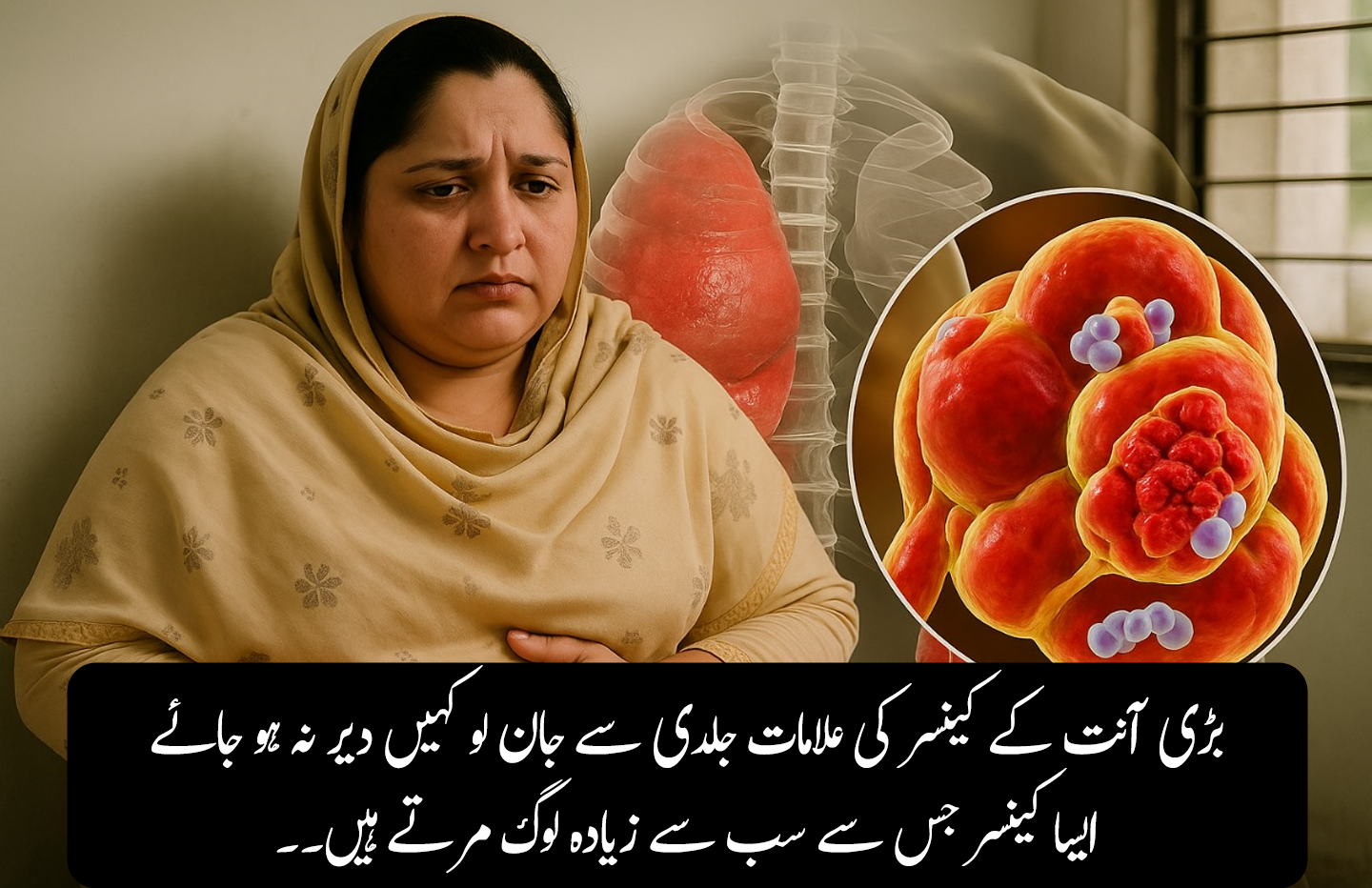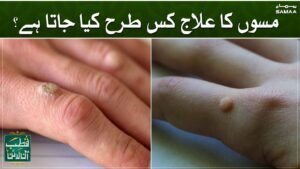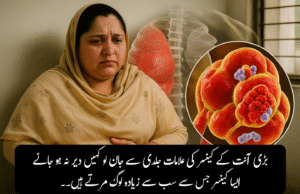Have you ever woken up with a strange bruise or purple mark on your skin, even though you don’t remember bumping into anything? These kinds of body bruises without injury can seem mysterious and scary. Many people think they are harmless, but sometimes they are signs of something deeper happening inside your body.
This guide will explain why bruises and marks appear on the body without injury, what they could mean, and how to deal with them. You’ll also learn natural tips, remedies, and important signs to watch out for. Whether you’re getting these marks often or just once in a while, this article will help you understand your body better.
1. What is a Bruise or Skin Mark?
A bruise (also called a “contusion”) happens when small blood vessels under your skin break due to pressure, even if there’s no cut. This causes blood to leak and gather under the skin, forming a blue, purple, or green mark.
Most bruises are caused by injury. But if you get marks without hitting anything, your body may be trying to tell you something about your health.
2. Types of Bruises and Skin Discoloration
Not all bruises look the same. Here are some common types:
-
Blue or Purple Marks: Fresh bruises caused by blood pooling under the skin.
-
Yellow or Green Marks: Healing stage of a bruise.
-
Tiny Red Spots (Petechiae): Small bleeding under the skin, not caused by trauma.
-
Brownish Patches: May be due to iron buildup or blood disorders.
-
Dark Line-Like Marks: May be from scratching or allergy.
-
Round or Irregular Shapes: Could indicate pressure-related damage or skin disease.
Knowing the type helps in understanding the cause.
3. Main Causes of Body Bruises Without Injury
Some reasons why you might get bruises or marks without remembering any injury:
1. Fragile Blood Vessels
As you age or due to certain health conditions, your capillaries (small blood vessels) become weak and break easily—even with light pressure.
2. Vitamin Deficiency
Low levels of Vitamin C, Vitamin K, or iron can lead to frequent unexplained bruises. These nutrients help blood clot properly.
3. Medications
Some medicines (like blood thinners, aspirin, or steroids) can cause easy bruising.
4. Lack of Sleep or Stress
Both weaken your body and blood vessels, making it easier to bruise.
5. Hormonal Changes
Especially in women, estrogen drops (like during periods or menopause) can make skin sensitive.
6. Diabetes
Poor circulation and sensitive skin in diabetes can lead to frequent bruises.
7. Allergic Reactions
Sometimes, an allergic reaction to food or product can cause red or purple marks.
4. Internal Health Issues That Show Up on Skin
Your skin often reflects what’s happening inside. Common health problems that can cause skin marks include:
-
Liver problems (affecting clotting)
-
Blood disorders like anemia, leukemia, or low platelets
-
Kidney issues
-
Autoimmune diseases (lupus, vasculitis)
-
Infections (dengue, measles, COVID-19)
In such cases, bruises appear without a reason and may take longer to heal.
5. Are These Marks Dangerous?
Not always. Some random bruises are harmless, especially if:
-
They’re small and fade in 5–7 days
-
You remember minor pressure or bump
-
No other symptoms are present
But take it seriously if:
-
Bruises are large, deep, or painful
-
You get new bruises every few days
-
You bleed easily from gums or nose
-
You feel tired, dizzy, or weak
-
Bruises don’t heal or keep spreading
In these cases, see a doctor.
6. Foods That May Cause or Prevent Bruising
Foods That May Trigger or Worsen Bruising:
-
Too much garlic or ginger (natural blood thinners)
-
Alcohol (weakens blood vessels)
-
Processed food with preservatives
-
Caffeine in high amounts
-
Excess sugar
Foods That Prevent or Heal Bruising:
-
Leafy greens (Vitamin K)
-
Citrus fruits (Vitamin C)
-
Papaya, guava, kiwi
-
Nuts and seeds (Vitamin E)
-
Eggs and lean meat (protein)
-
Water and herbal teas (for circulation)
A healthy diet helps the skin and vessels stay strong.
7. Natural Home Remedies for Bruises
You can treat mild bruises naturally with:
1. Ice Packs
Apply cold pack for 10–15 minutes to reduce swelling.
2. Aloe Vera Gel
Gently massage aloe on the bruise to reduce pain and help healing.
3. Arnica Cream
Known for healing bruises and swelling quickly.
4. Turmeric Paste
Apply paste of turmeric and water for faster healing.
5. Apple Cider Vinegar
Mix with water and apply with cotton for circulation boost.
6. Warm Compress (after 24 hours)
Increases blood flow and speeds up healing.
8. When to Worry and See a Doctor
Seek medical help if:
-
You get frequent or unexplained bruises
-
Bruises don’t fade in 2 weeks
-
You have pain, fever, or swelling
-
Other symptoms like fatigue, weakness, bleeding, or joint pain are present
-
Bruises appear suddenly in large numbers
These can be signs of internal problems, blood disorders, or immune issues.
9. Daily Habits That Can Help Reduce Bruises
-
Stay hydrated
-
Wear loose, soft clothes
-
Use gentle soap and avoid harsh scrubbing
-
Add cushions or soft edges on furniture corners
-
Avoid smoking and excessive alcohol
-
Move and stretch to improve blood flow
10. Body Areas Where Unexplained Bruises Commonly Appear
-
Thighs – due to bumping into furniture
-
Arms – sensitive skin or pressure
-
Lower legs – poor circulation
-
Back or buttocks – from sleeping positions
-
Shoulders or neck – may indicate stress or pressure from bags
Understanding locations helps trace the root cause.
11. Skin Sensitivity and Minor Trauma
People with thin or sensitive skin can get bruises from:
-
Sleeping on hard surfaces
-
Tight clothing
-
Carrying bags or children
-
Light hits they don’t notice
-
Skin rubbing against rough fabric
What feels like nothing to one person can cause bruises in someone with fragile skin.
12. Hormones and Bruising in Women
Women often report bruises around:
-
Periods
-
Pregnancy
-
Menopause
This is because estrogen affects blood vessels and skin thickness. Hormonal imbalances may lead to poor healing, dryness, or discoloration.
13. Blood Conditions That Affect Skin
If you get regular bruises, tests may be needed for:
-
Platelet count
-
Hemoglobin levels
-
Clotting time
-
Liver function tests
-
Autoimmune markers
Conditions like anemia, thrombocytopenia, or vasculitis affect skin and blood vessels directly.
14. 7-Day Natural Recovery Plan
Day 1:
-
Take Vitamin C-rich food (orange, amla juice)
-
Apply ice pack for fresh bruises
Day 2:
-
Massage aloe vera on bruise
-
Eat green leafy vegetables
Day 3:
-
Add turmeric to warm milk
-
Walk for 20 minutes to boost blood flow
Day 4:
-
Apply warm compress on bruise
-
Add soaked almonds to your breakfast
Day 5:
-
Use arnica cream or turmeric paste
-
Reduce salt and sugar
Day 6:
-
Avoid coffee or alcohol
-
Drink at least 10 glasses of water
Day 7:
-
Observe healing speed
-
If bruise worsens or spreads—visit a doctor
15. Final Thoughts
Unexplained bruises on the body are not always innocent. Sometimes, your skin is giving you a silent message. It could be something small like a vitamin deficiency or something more serious like a blood disorder.
By watching your diet, improving daily habits, and taking care of your skin, you can reduce and prevent future bruises. But never ignore regular or painful marks. Listen to your body, act early, and always seek help if something feels off.








